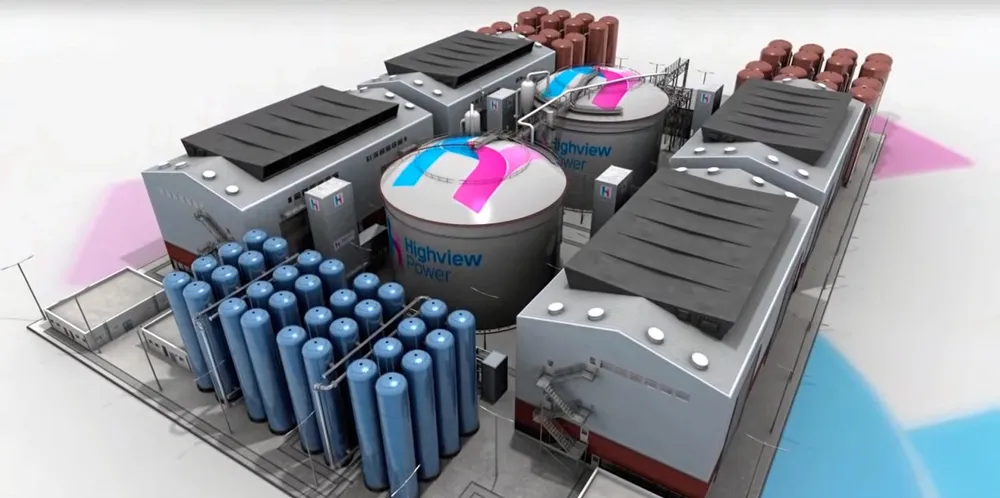'Between 25-35GW of long-duration energy storage will be installed globally by 2025': report
LDES will be required at scale to achieve the lowest-cost route to power-sector decarbonisation, says McKinsey study commissioned by the new LDES Council

LDES will be required at scale to achieve the lowest-cost route to power-sector decarbonisation, says McKinsey study commissioned by the new LDES Council
